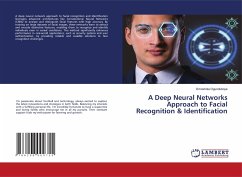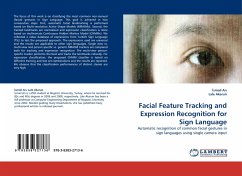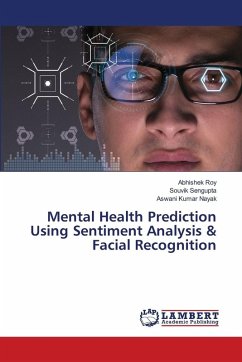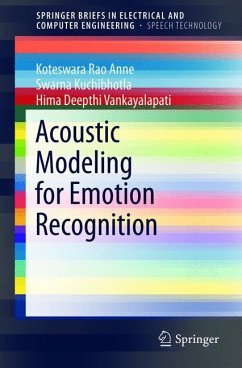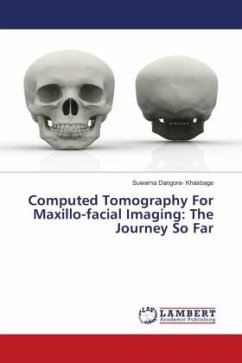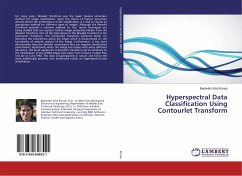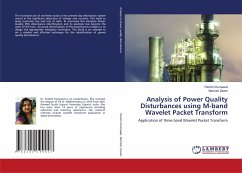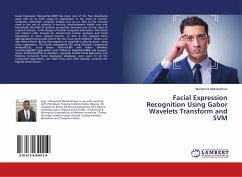
Facial Expression Recognition Using Gabor Wavelets Transform and SVM
Versandkostenfrei!
Versandfertig in 6-10 Tagen
19,99 €
inkl. MwSt.

PAYBACK Punkte
10 °P sammeln!
Facial Expression Recognition(FER) has been one of the fast developing areas due to its wide range of applications in the areas of human-computer interaction, emotion analysis and so on. Due to the increase need in the use of robotics in security, entertainment, health care and household, the field of pattern recognition becomes one of the areas of research interest. In the design of human computer interaction, the robots can interact with humans by interpreting human gestures and facial expressions in more natural manner, so that it can respond more appropriately during tasks where the two mu...
Facial Expression Recognition(FER) has been one of the fast developing areas due to its wide range of applications in the areas of human-computer interaction, emotion analysis and so on. Due to the increase need in the use of robotics in security, entertainment, health care and household, the field of pattern recognition becomes one of the areas of research interest. In the design of human computer interaction, the robots can interact with humans by interpreting human gestures and facial expressions in more natural manner, so that it can respond more appropriately during tasks where the two must work together. Robots can also detect deceit during interrogation of criminals in security areas, using micro expressions. This work investigated FER using Principle Component Analysis(PCA), Local Binary Pattern(LBP) and Gabor Wavelets Transformg(GWT) approaches with K-Nearest Neighbor(KNN) and Support Vector Machines(SVM) as classifiers. Japanese Female Facial Expression and Mevlana University Facial Expression databases were used. In all the conducted experiments, the GWT+PCA with SVM classifier achieved the highest performance.




